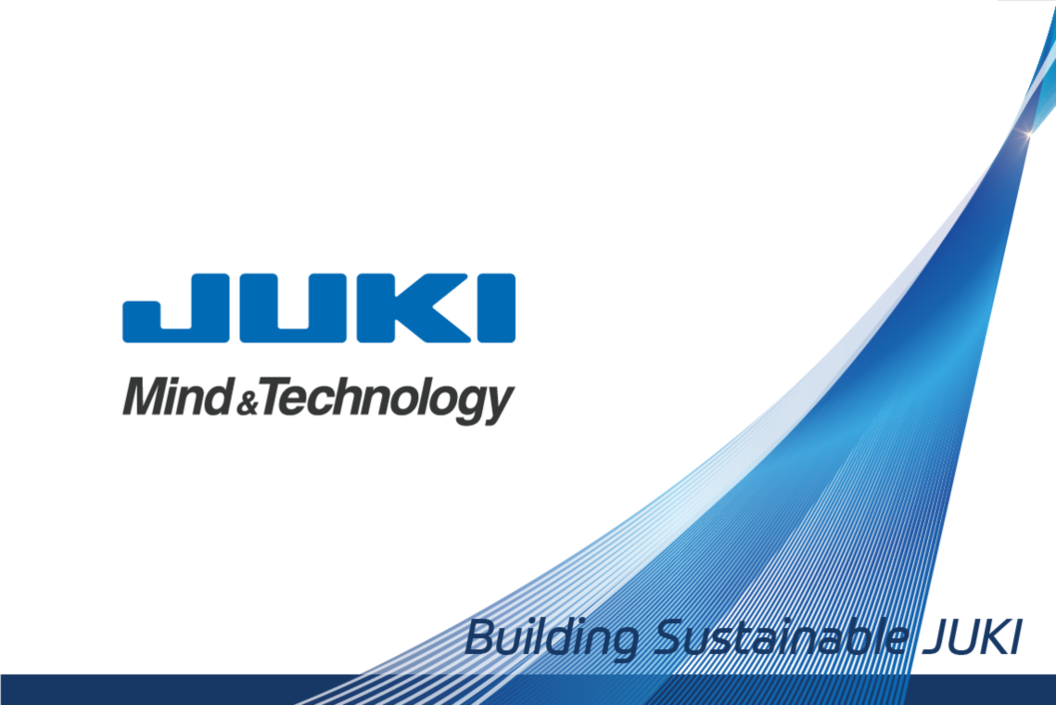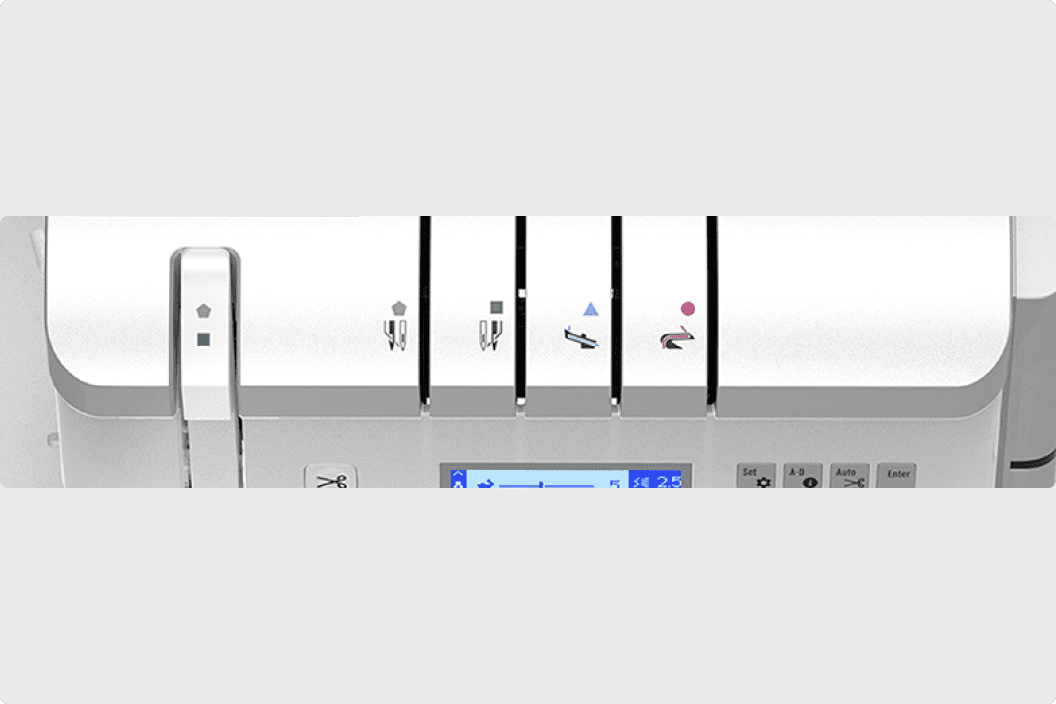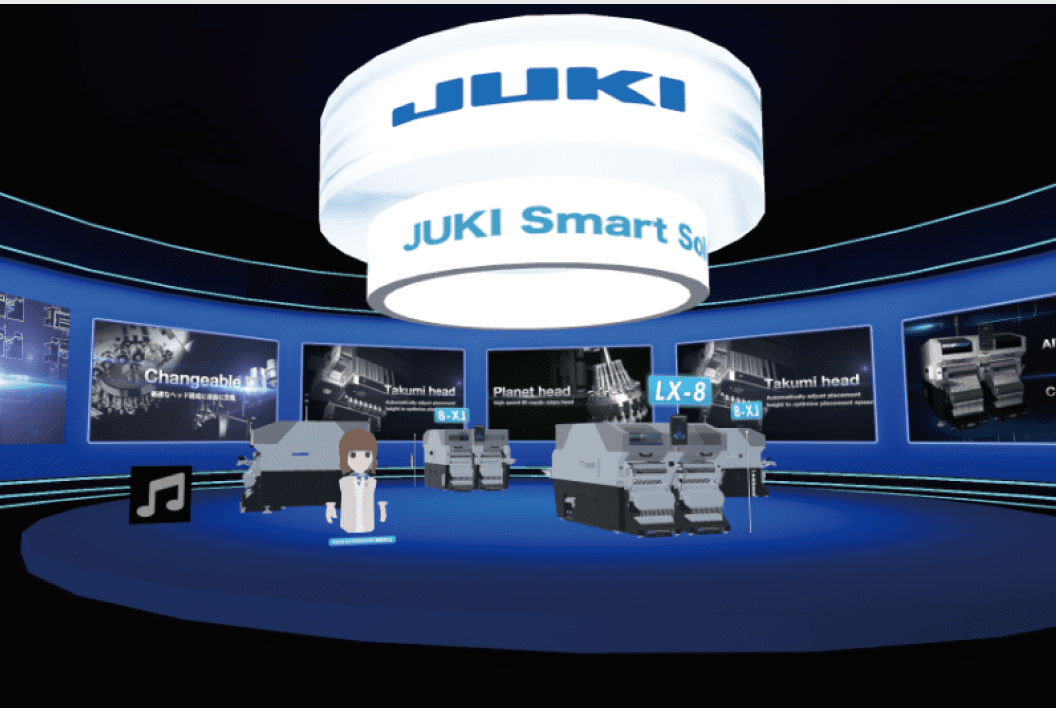Design Strategy
JUKI’s Design Strategy
JUKI’s design strategy is to enhance corporate value through both “brand appeal to stakeholders” and the “creation of innovative products and services.”
JUKI’s design strategy adopts design thinking and customer experience (user experience design), expands points of contact with customers and society, and visualizes problems and new discoveries.
Action Policies
- Connect customers, society, and technology to spur the creation of “Koto” experiences.
- Understand the actual usage of the product, share the problems with usage, and trailblaze improvements
- Provide stakeholders with non-commodity customer experiences.
- Create future customers, shape future society, and propose and search for new value.

Details of Initiatives
1Brand design
JUKI will clearly communicate its brand assets to stakeholders so that they can empathize with the value of JUKI’s existence and work to enhance the brand value leading to the next era.
- Strengthen brand management
- Communicate the brand story
- Visualize vision / management strategy

2Product design
By redefining its uniqueness, JUKI aims to further enhance the appearance and ease of use of its products based on “collaboration with people and people-friendly design.”
JUKI’s work to spur innovation will start with the people who use its products and systems, and the sites/environments where they are used.
- Product design strategy promotion
- UX development process development
- Caring steps to improve ease of use

3XR technology development
JUKI will use AR, VR, and other XR technologies from the product development stage to marketing, and work on transformation (DX) in the value chain.
- Multiple uses of 3D CAD data
- Virtual prototype development
- Improved customer experience through the use of sales data
